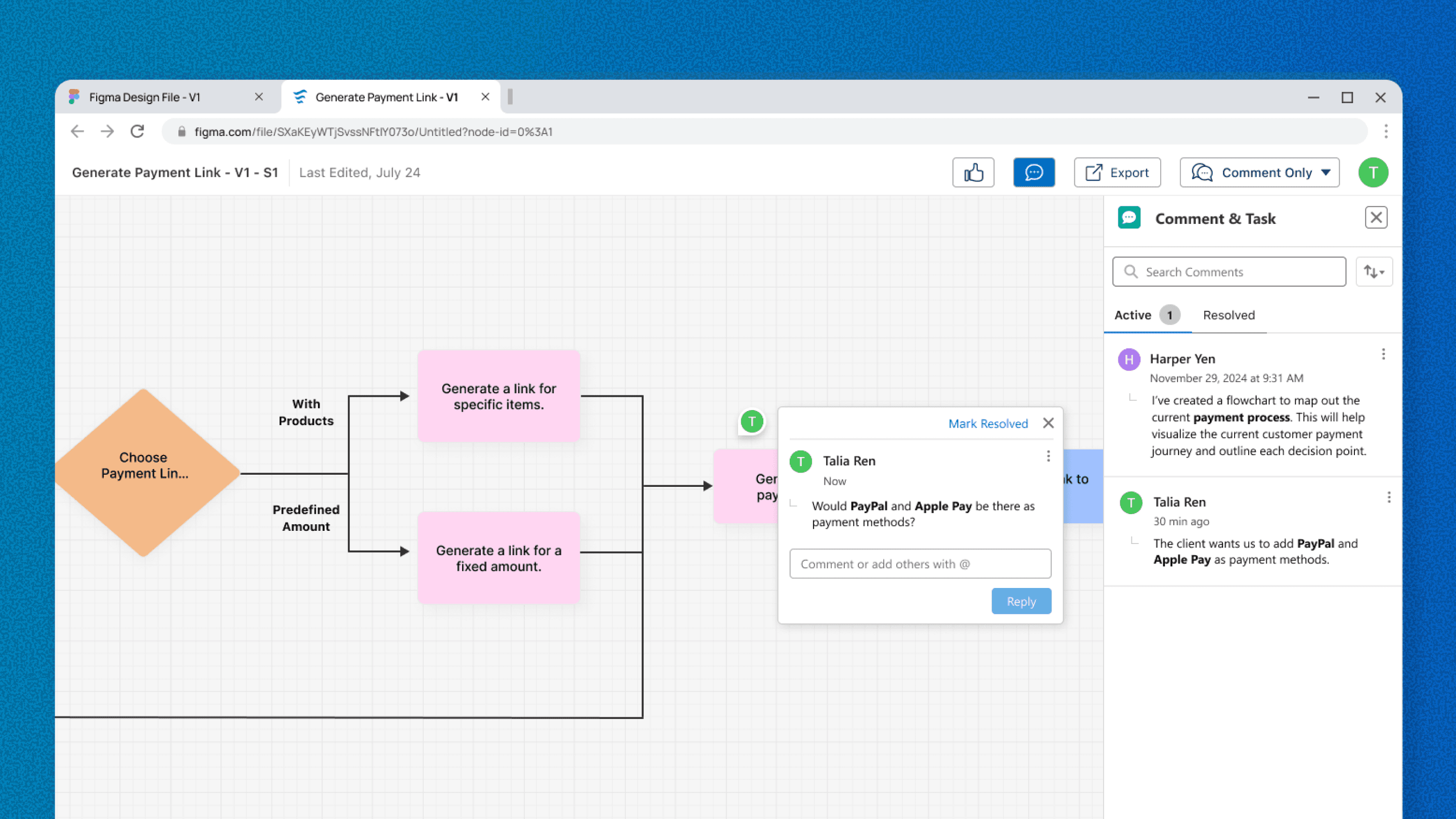view pitch deck
read TLDR
with stakeholders
Lack of inbuilt visualization tool to share simplified versions of workflows to explain it to stakeholders
with stakeholders
Better way to document changes as there is no version control
with stakeholders
Scattered feedback from stakeholders




with co-admin
Leave notes for co-admins and self about the workflow for future references
Problems discovered through 7 interviews with 4 Salesforce Admins.
"
We replicate FlowBuilder’s visuals (in Lucidchart)…so we can share a visual version with stakeholders
~ Salesforce Admin
"
We also use visualization tools like Miro or Lucidchart to map out the workflows
~ Salesforce Consultant
"
it took another couple hours to build a Lucidchart of the simplified version
~ Salesforce Architect
"
I don’t have the time and energy to change lucid chart every time I change Flow
~ Salesforce Consultant
our focus
Explaining build-status is really tedious as admins have to re-diagram a simplified version of workflow before every meeting. How might we improve that?
Solution
Based on existing workflow, admins can generate a flowchart with just one click, this saves a lot of their time to actually work on other things.
Because AI can't generate the depth/fidelity of the flowcharts required, hence editing is also an option for admins.
Stakeholders have a huge learning curve when it comes to automation builder, hence, a browser-friendly shareable link for them to give feedback.
Stakeholders can leave comments
This encourages more asynchronous collaboration and less dependency on synchronous meetings
Reduces manual rework of re-diagramming flowcharts
Saves time to create visualization to improve communication
Reduces the external tool dependency (like LucidChart, Miro, etc)
"
The last flow I built on my last project had closer to 300 elements…So being able to just spit out from that, like, give me the simple version of this.
~ Salesforce Admin
"
…and for someone who doesn't know how to read a technical flow. This can feel less intimidating and more accessible.
~ Salesforce Consultant
This meant that stakeholders would have to create an account on Salesforce Flow, which they HATE to do because of the learning curve and complexity.
This idea was just integrating a flowchart builder in the Salesforce Flow, this did not provide additional value for the admins as they were already comfortable with other tools they used.
Ability to generate diagrams with varying levels of details/fidelity for admins to customize.
Explore different layouts for simplified diagrams (horizontal, vertical, etc).










